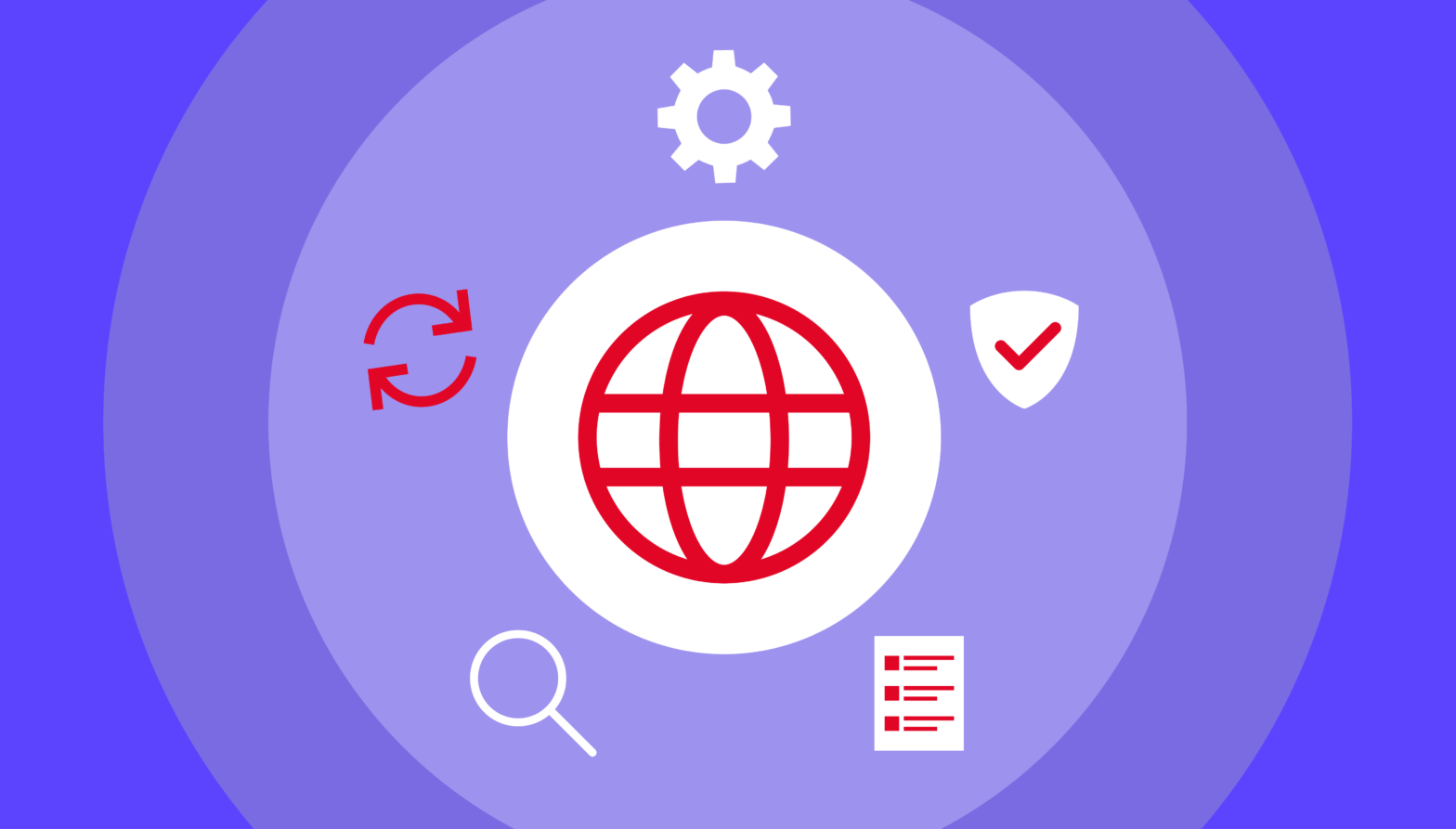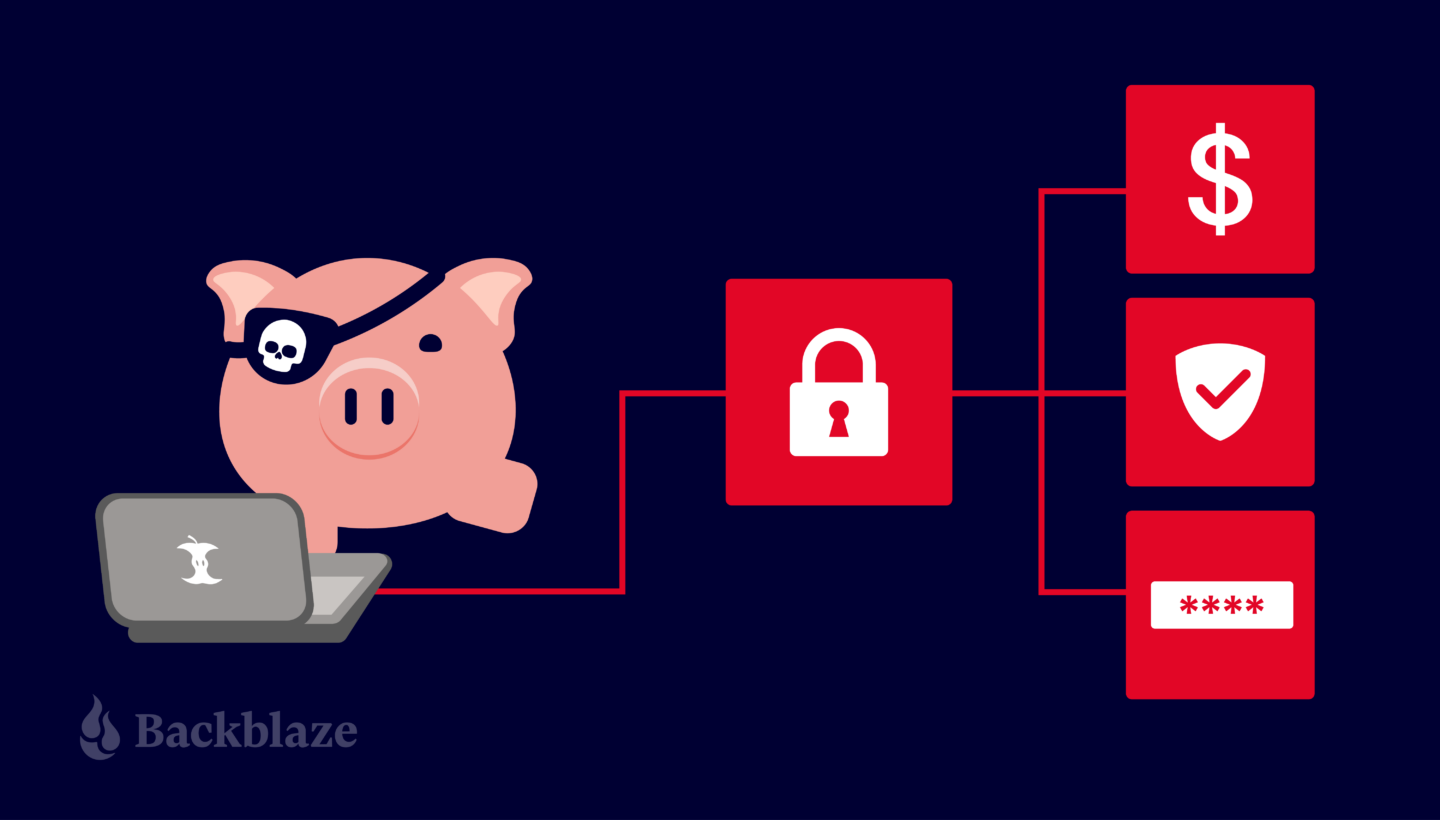
The old adage, “Backing up your data is important to plan for, as hard drives inevitably fail” is as true as ever, but equally true now is the need to back up your data to thwart the increasing frequency of ransomware attacks.
What Is Ransomware?
Ransomware is malicious software that blocks access to your data by encrypting files until a ransom is paid. Once the ransom is paid, if you’re lucky, a decryption key is provided to the victim(s) to decrypt and access files.
How Does Ransomware Work?
Ransomware comes in two not-so-fun flavors: Encryptors and lockers. Encryptors incorporate advanced encryption algorithms to block system files until a ransom is paid. Lockers do as the name implies, locking victims out of their operating system. This makes it impossible to access applications, files, and even the desktop until a ransom is paid. Encryptors, also known as crypto-ransomware, are the most widespread type of ransomware.
One of the more frustrating aspects of ransomware is that even if you’re careful to avoid it by not clicking on suspicious attachments, someone else’s infected computer might spread the malware to your computer over a shared network. WannaCry, a cryptoworm, spread in this fashion during the May 2017 ransomware attack.
How Backblaze Can Help Against Ransomware
If you’re a current subscriber of Backblaze, there’s good news: Since Backblaze is continuously running an online backup of your data, you can circumvent the need to pay a ransom by accessing and restoring your files from your Backblaze backup.
If you’re new to Backblaze, there is no time like the present to back up. Over the past 10 years, through our annual backup survey, we’ve consistently found that most people fail to regularly back up their data. 25% never back up and nearly 67% have not backed up in the last year. With so few people backing up, it is no wonder that ransomware is so effective.
Protecting Data Against Ransomware With Backblaze
Protecting yourself against ransomware, and malware in general, is quite easy with Backblaze. We previously highlighted one instance of how Backblaze provided a solution to one of our customers to circumvent a ransomware attack and, ultimately, restored their data. In short, these are the steps you should take to safeguard yourself with Backblaze:
- Install Backblaze, if you haven’t already, on your computer.
- Make sure your Backblaze client is running and backing up your drive(s).
- Log in to Backblaze.com, “turn back time” for up to 30 days before the attack happened, access individual or all your files online, and/or request a full data restore via our Restore By Mail service.
Ransomware Attacks: Sizing Up the Risk to Your Data
The days of a random drive failure being the source of data loss may now seem like the good old days. Here’s how ransomware attacks currently size up:





